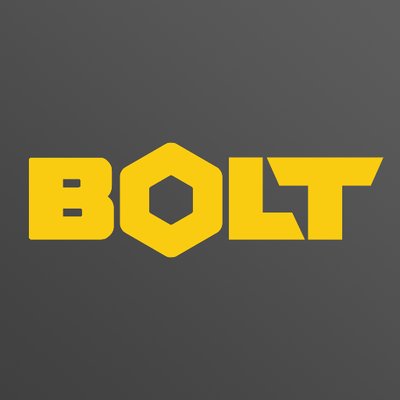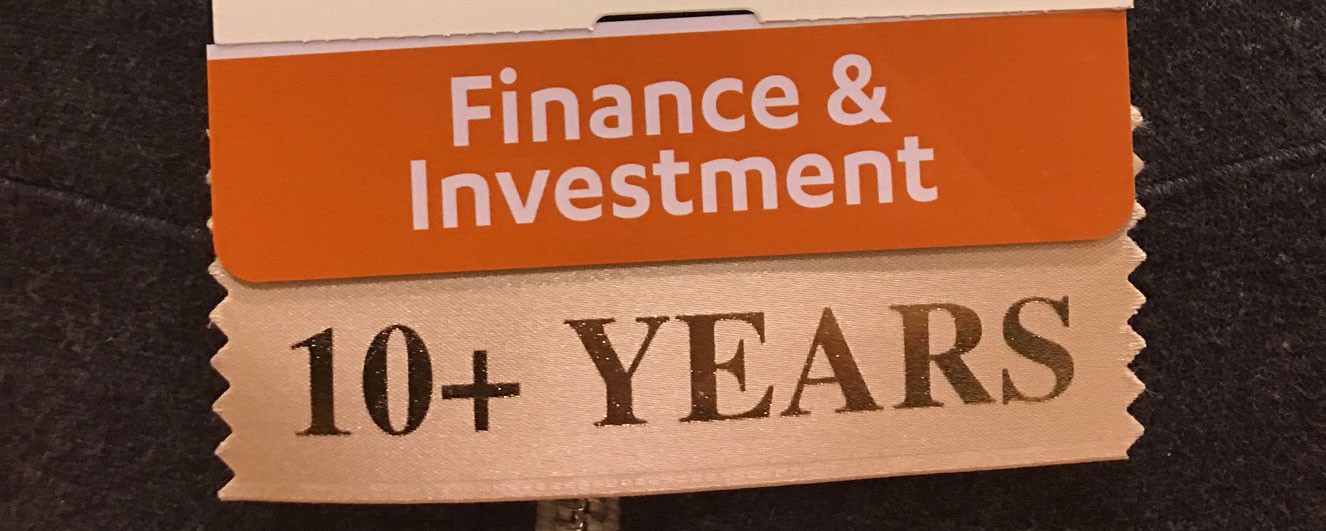
When I picked up my badge for CES this year I was hit with a surprise: 2017 was my tenth year dutifully attending CES. The Consumer Electronics Show is the largest conference in the country and the most relevant for entrepreneurs building consumer hardware companies. Every year droves of people ask about the most interesting things at CES. Rather than write about the hottest trends, coolest booths, or silliest gadgets, I thought it would be more valuable to reflect on the decade-long trends I’ve observed while watching CES evolve towards hardware startups.
#1 Growth of Hardware Startups is Hard to Fathom
With 3K+ booths and 180K+ attendees, CES is overwhelming to say the least. Years ago, small companies were relegated to the outskirts of the main convention center next to giant $10M+ booths from behemoth companies. This made it really hard to create the random collisions of like-minded startup folks. In 2013, CES created Eureka Park, a dedicated space in the Venetian designed for hardware startups (which were starting to become popular). It was small, sparse, and ugly:
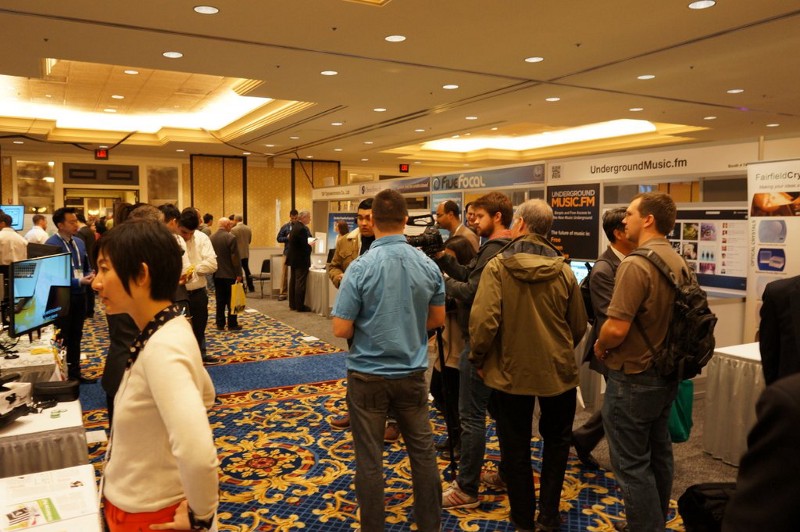
Something about a dedicated space for the startup community changed everything. I vividly remember the palpable energy in the room. As the hardware startup community has exploded, Eureka Park has become a pillar of the show over the past 4 years:
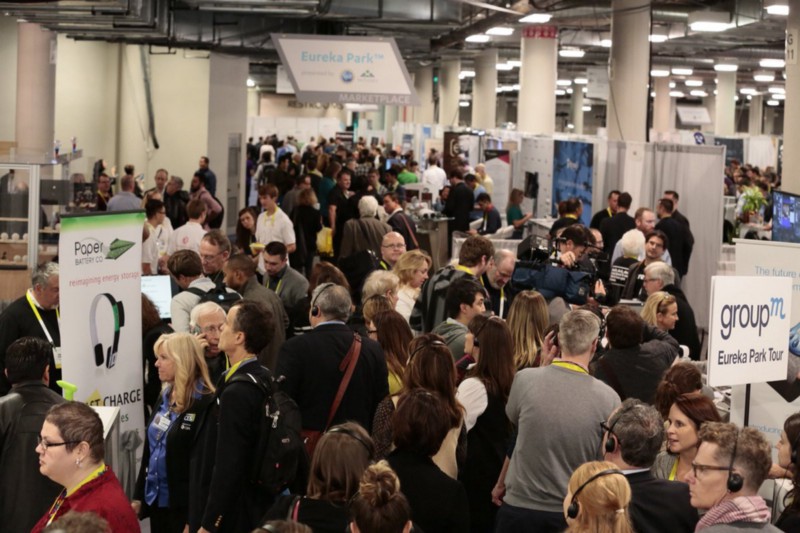
I suspect the fervor of the startup community at CES will increase dramatically as more and more hardware startups grow into long-lasting, multi-billion dollar companies.
#2 Commoditization is a Brutal Enemy
The flipside of crazy growth is increasing competition. Consumer hardware startups need to understand that commoditization of their hardware is not a possibility, it is an inevitability.
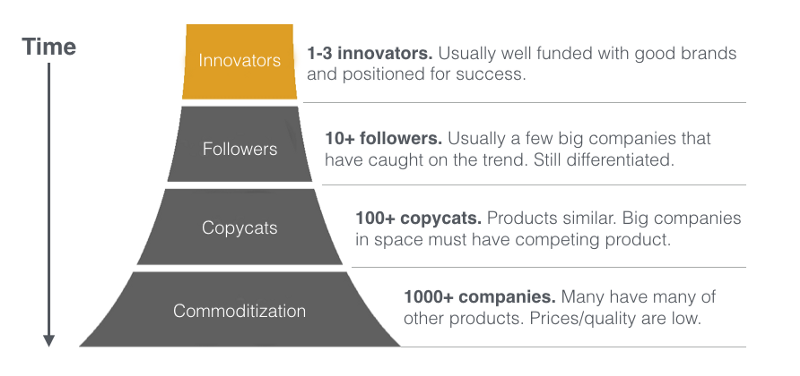
As copycats are born, margin structures get compressed and customer acquisition costs increase. Few things protect against this besides a strong brand and retail/channel dominance.
I remember seeing Fitbit at this tiny booth in 2012:
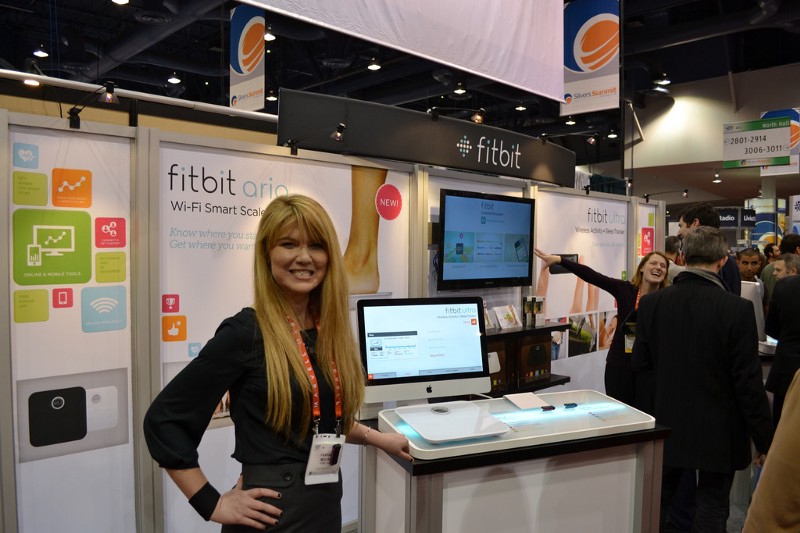
At the time, the idea of a wearable fitness tracker was pretty new and it was obvious the concept was good. Each year as Fitbit gained popularity, the number of direct competitors at CES grew rapidly. In 2013, I probably talked to 8 or 10 copycats. By 2014, there had to have been over 100 and in 2015 the number was impossible to count. Every random Chinese company seemed to have an accelerometer on a wristband with a bluetooth app.
Despite hundreds of companies with nearly identical fitness tracker hardware, Fitbit was able to master brand, recurring customer engagement, and retail strategy. Their stock struggled last year but arguably by sluggish growth of the wearables market rather than commoditization. This is what their booth looked like this year:
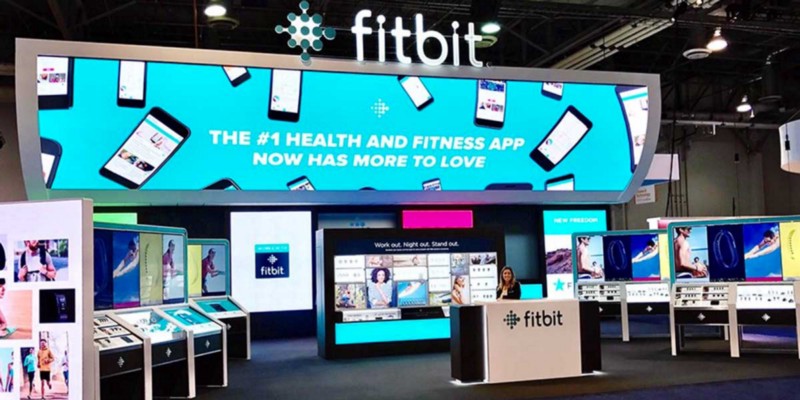
#3 Chasing Trends Doesn’t Pay Off
Every year reporters and industry pundits preach about the latest trends at CES. I remember 2008 was dominated by HD DVDs and WiMax. In 2010 3D TVs and netbooks we’re going to conquer the world. 2012 was full of 4K TVs. There seemed to be a buzzing drone at every booth in 2016. I used to follow every last trend, trying to predict who would emerge as the dominant player. I’ve learned this is a losing strategy.
Great companies don’t chase trends, they build products that resonate with customers.
And this is something many companies at CES get wrong. Startups that show off their product and vision in a focused, inviting way are far more likely succeed over the ones that say “I have a drone!” or “look how my product is connected!” No startup did this better at CES 2017 than Peloton:
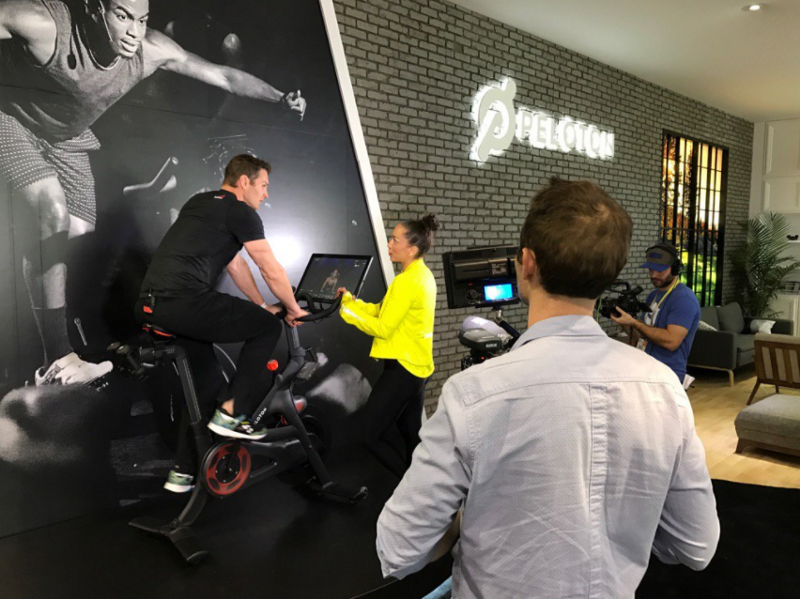
Their booth was incredibly focused. Five exercise bikes in a living room. Anyone could get on a bike and ride. Elegant and effective. If you’re ready to ignore trends and focus on customers, you’re likely to succeed in the long term.
CES 2018
Looking forward to seeing you all at the show next year. Can’t wait to write this post again in 2027 after 20 years of CES!
Ben Einstein was one of the founders of Bolt. You can find him on LinkedIn.
Bolt invests at the intersection of the digital and physical world.
